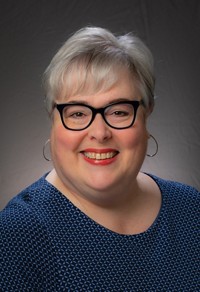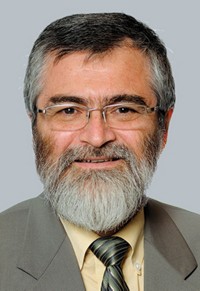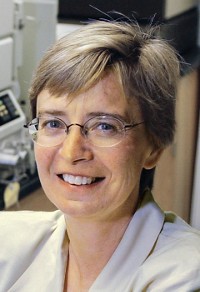Advertisement
Grab your lab coat. Let's get started
Welcome!
Welcome!
Create an account below to get 6 C&EN articles per month, receive newsletters and more - all free.
It seems this is your first time logging in online. Please enter the following information to continue.
As an ACS member you automatically get access to this site. All we need is few more details to create your reading experience.
Not you? Sign in with a different account.
Not you? Sign in with a different account.
ERROR 1
ERROR 1
ERROR 2
ERROR 2
ERROR 2
ERROR 2
ERROR 2
Password and Confirm password must match.
If you have an ACS member number, please enter it here so we can link this account to your membership. (optional)
ERROR 2
ACS values your privacy. By submitting your information, you are gaining access to C&EN and subscribing to our weekly newsletter. We use the information you provide to make your reading experience better, and we will never sell your data to third party members.
Environment
ACS Award for Encouraging Disadvantaged Students into Careers in the Chemical Sciences
Recipients are honored for contributions of major significance to chemistry
by Stephen K. Ritter
February 4, 2008
| A version of this story appeared in
Volume 86, Issue 5
Sponsored by the Camille & Henry Dreyfus Foundation
'Wow.' That's one word to describe Ohio State University chemist Susan V. Olesik . WOW also is the acronym for Wonders of Our World, a highly successful hands-on science education program Olesik started in 1999 in Columbus, Ohio. The program, for which Olesik is receiving this award, is now wowing thousands of young students with science.
Olesik designed WOW to help support elementary schools that are struggling to provide an adequate learning experience in the sciences because of a lack of resources, teacher training, or simply the inability to get started. Although any school is eligible to participate in WOW, the program targets schools that have low test scores and passing rates in proficiency tests. These schools generally are located in inner cities and in rural areas with disadvantaged youth.
The three-year WOW program sequence supplements the existing science curriculum in elementary schools by providing training workshops for teachers on how to conduct hands-on experiments in the physical and biological sciences. Some of the topics covered are chemistry, electricity, geology, insects, simple machines, sound, weather, and plants. Chemistry experiments include chromatographically separating the coloring in grape soda, making ice cream, and determining the pH of foods and household chemicals.
Scientist volunteers assist the teachers and students in carrying out the more than 100 available experiments. Many of the volunteers are OSU faculty and students, but the volunteers also include scientists from the local community, such as staff members of ACS's Chemical Abstracts Service. And in recent years, the program has been expanding to other parts of Ohio and including faculty at other colleges and universities.
Olesik is being honored at a time when the first students she taught in the program have started entering college. "Young students are inherent scientists," Olesik says. "They just need experiments to do. We can move them to a deep interest in science at a young age, and keep them going."
A key attribute of the program is collaboration, she points out. Teachers are the experts on the education front, scientist volunteers are the experts on the science front, and the combination of the two "is a powerful force," Olesik says.
WOW's focus on the teachers allows them to improve their science content knowledge and their enthusiasm for science, she adds. The goal is for the teachers to become comfortable enough to move forward on their own once the program finishes at their school. WOW also provides the teachers with a permanent pathway to scientists at OSU and local companies.
Besides running WOW, Olesik is an accomplished analytical chemist. Her research at Ohio State focuses on developing separation techniques for complex mixtures of large molecules. One of her creations is enhanced-fluidity liquid chromatography, which takes advantage of the solvating properties of liquefied gases. The technique is being applied in the pharmaceutical industry. Another development is a unique carbon-based packing material to make gas-chromatography columns. One of the columns was used on the Huygen's probe that sampled the atmosphere and landed on Saturn's moon Titan in 2005.
Olesik received a B.A. from DePauw University in 1977 and a Ph.D. from the University of Wisconsin, Madison, in 1982. After postdoctoral research at Indiana University and the University of North Carolina, Chapel Hill, she began her academic career at Ohio State in 1986.
Among her honors, Olesik is recipient of the American Society for Mass Spectrometry Research Award (1987), the Eli Lilly Research Award (1990), the Association for Women in Science of Central Ohio Woman in Science Award (2000), and the Columbus Technical Council Technical Person of the Year Award (2005).
"I deeply believe scientists need to become more involved," Olesik says. "Educators can't shoulder the problem of science education on their own. There are a lot of scientists out there, and it is in our best interests to be helping."
The award address will be presented before the Division of Analytical Chemistry.






Join the conversation
Contact the reporter
Submit a Letter to the Editor for publication
Engage with us on Twitter